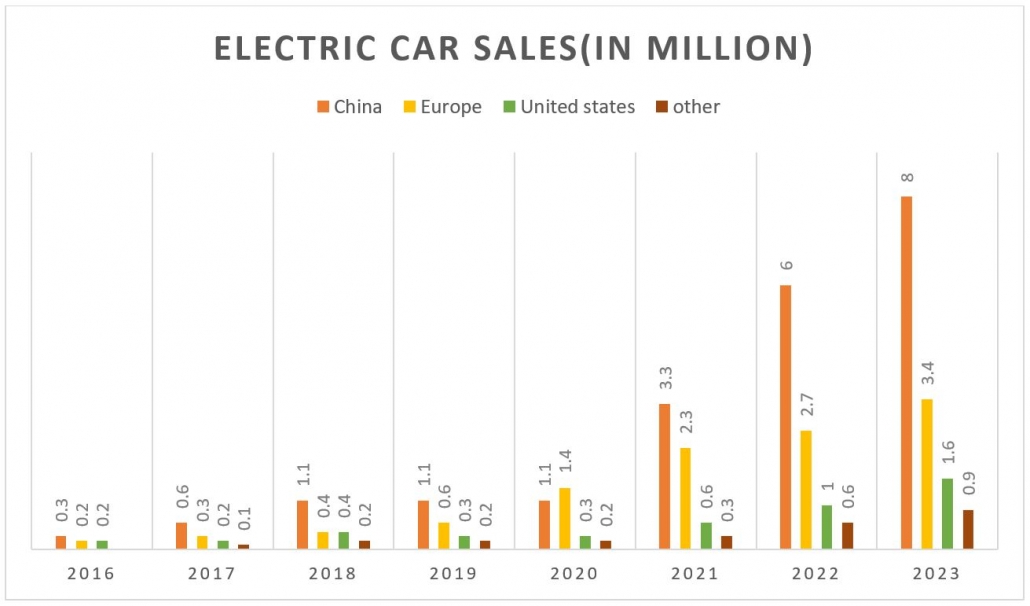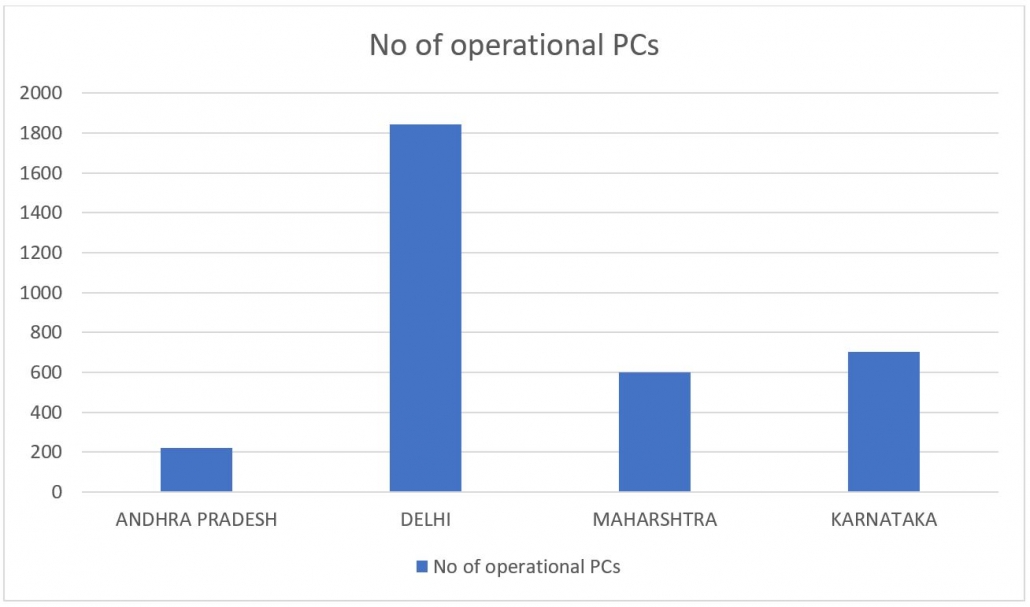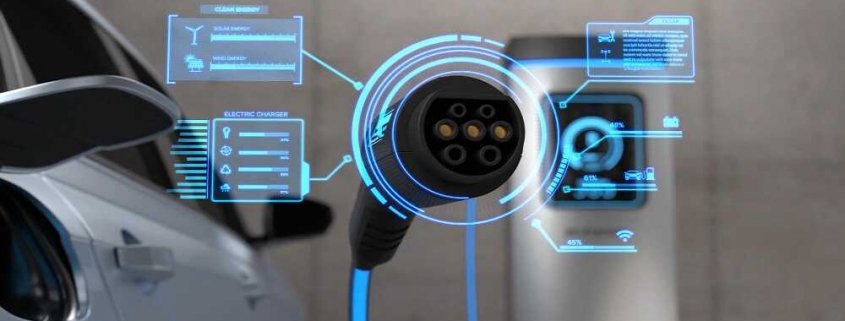Exploring the Top Technological Trends in EVs
Automobiles that run on electricity stored in rechargeable batteries are known as electric vehicles (EVs). They have no tailpipe emissions; thus, they don’t produce any greenhouse gasses or air pollutants. When compared to conventional internal combustion engine vehicles, EVs operate more quietly and require less maintenance. They are growing in popularity as a greener, more sustainable form of transportation because of technological developments, which also help the environment. Join us as we explore the ” Technological trends in EVs” in this article that have evolved the technological trends in EVs.
Top EV Technologies
- AI-Powered Auto Health Checks
- Advanced Driver Assistance Systems (ADAS)
- Hydrogen Fuel Cell Vehicles (FCVs)
- Enhanced Connectivity
- Charging Infrastructure Development
- Improved battery
- Smart Grids
- Light weighted material and improved aerodynamics
Let’s discuss each one in detail.
1. AI-powered Auto Health Checks
AI systems are collecting sensor data and evaluating abnormalities to revolutionize EV performance and safety. These technologies assess the condition of batteries and EVs, enabling fleet managers and owners to take preventative measures and save expensive repairs. One notable example is the vehicle intelligence system, which is funded by the Indian Department of Science and Technology and was created by Delhi-based Vecmocon Technologies. It includes fleet management, predictive maintenance, remote diagnostics, keyless entry, and user-adaptive algorithms to guarantee a dependable and secure electric vehicle driving experience.
2. Advanced Driver Assistance Systems (ADAS)
The term “ADAS” refers to a group of technologically advanced features, including sensors and controllers, that improve driving comfort and safety by keeping an eye out for other cars and pedestrians. Real-time recommendations, such as those for parking and emergency braking, are made using this data. To increase safety, Advanced Driver Assistance Systems (ADAS) may also identify whether a driver is sleepy. In February 2024, Haomo.AI, an artificial intelligence firm, secured over RMB 100 million (US$14 million) in a Series B1 financing led by Chengdu Wufa Private Equity Fund Management Co. The money will be used to improve research and development as well as promote robotics development in Chengdu’s Wuhou area, which is located in the Sichuan region of southwest China.
3. Hydrogen Fuel Cell Vehicles (FCVs)
The use of renewable energy is driving the movement to make EVs greener. In addition to solar, wind, and hydropower, interest in hydrogen fuel cells has grown. As the name implies, the fuel is hydrogen, and the only byproducts are heated air and water. Even though FCEVs are still in their infancy, a lot of research is being done in this area. In the upcoming years, nations like India even want to commercialize these hydrogen fuel cells. For instance, Toyota introduced the Mirai, India’s first electric car fuelled by hydrogen fuel cells, in March 2022. As part of a pilot project being carried out by Toyota and the International Centre for Automotive Technology (ICAT), the hydrogen-powered vehicle has been introduced in the nation. The project’s goal is to examine and assess the Toyota Mirai on Indian roads and climate conditions.
4. Enhanced Connectivity
The transition to software-defined vehicles (SDVs) places a strong emphasis on seamless communication for a comfortable and easy ride. Software controllers can send and receive data to and from internal and external components using vehicle-to-everything (V2X) technology. This data includes remote diagnostics, location-based services, current charge level monitoring, and over-the-air software updates. For instance, in 2023, Software-defined commercial trucks are becoming a reality thanks to the partnership between Bosch and Plus. Plus is providing its PlusDrive solution with the Bosch integrated steering system, which combines hardware and software to provide commercial vehicles with driver assistance and partially automated functions, through a new technical partnership.
Software-defined vehicles are rapidly expanding in the Asia-Pacific area due to developments in technology and rising consumer demand for connected and autonomous driving solutions. The government’s measures supporting smart transportation and the rapidly urbanizing world are some of the elements driving this expansion. Advanced software systems are integrated into software-defined vehicles to improve the functionality, safety, and efficiency of the vehicle. These vehicles can provide features like over-the-air upgrades, predictive maintenance, and real-time data analytics.
Figure 1: Electric Car Sales (In Million)

Source: IEA
5. Charging Infrastructure Development
There are now four distinct charging standards used in India: CHAdeMO, CCS, Bharat AC-001, and Bharat DC-001. This has resulted in a highly fragmented industry. The infrastructure that is now in place is concentrated in urban areas, but numerous stations that span highways are being built by public-private partnerships. One attempt to resolve inconsistencies in charging standards is the universal chargers from Bolt. Earth. Fast charging technology is also shortening charging times, which maximizes the use of current infrastructure and increases return on investment (ROI) for infrastructure developers.
For instance, there are 4,19 public EV charging stations operating on National Highways and 6,586 operable public EV charging stations across India, according to data released by Press Information Bureau in 2023,
Figure 2: State Wise Operational Public EV Charging Stations

Source: Press Information Bureau
6. Improved battery
The desire for EVs with greater performance and range is driving advancements in battery technology. Solid-state batteries promise efficiency, longevity, and a higher energy density with more energy storage since they employ solid electrolytes rather than liquid or gel. Lithium-sulfur batteries provide higher energy storage at lower costs in a similar manner. For e-scooters, sodium-ion (Na-ion) batteries are now being investigated. Although they are less than perfect for long distances, they are reasonably priced. Furthermore, improvements in battery recycling technologies are contributing to longer battery lives and lower operating expenses.
Asia Pacific is growing significantly in EVs due to the renewable energy industry expansion, the presence of a sizable consumer base for portable gadgets, and the rise in the use of battery energy storage technologies. For instance, in May 2023, a new kind of battery that integrates two technology techniques has been developed by researchers from LG Energy Solution and the University of California, San Diego. The battery is an all-silicon solid-state battery since it contains both an all-silicon anode and a solid-state electrolyte.
7. Smart Grids
Users are guaranteed a seamless charging experience thanks to smart grids‘ improved load balancing and EV charging efficiency. EVs are a more sustainable option because of innovations like vehicle-to-grid (V2G) technology and bi-directional charging, which enable EVs to serve as energy repositories that may return unused energy to the grid. V2G technology enables vehicles to return energy from their battery back onto the electric grid. Toyota Motor North America (Toyota) and Oncor Electric Delivery (Oncor), a Texas-based electric transmission and distribution company, have decided to work together on a pilot project centered around this technology. The project will be spearheaded by Toyota’s Electric Vehicle Charging Solutions (EVCS) team, and it represents a significant first for Toyota to work with a public utility on Battery Electric Vehicles (BEVs) in the United States.
8. Light weighted material and improved aerodynamics
The adoption of lightweight materials and enhanced aerodynamics is revolutionizing industries by improving performance, fuel efficiency, and sustainability. Lightweight materials such as carbon fiber, aluminum alloys, and advanced composites reduce vehicle weight, enhancing energy efficiency and extending range in automotive and aerospace sectors. Improved aerodynamics through design optimization and advanced simulation techniques minimize drag, enhancing vehicle stability and fuel economy. This trend also extends to renewable energy sectors like wind turbines and solar panels, where lighter materials and streamlined designs increase energy production efficiency. Overall, these advancements contribute to greener, more efficient, and technologically advanced products across various industries. For instances, to develop and construct complex metal and hybrid structures for body-in-white and chassis, ArcelorMittal and KIRCHHOFF Automotive GmbH signed a memorandum of understanding (MoU) in March 2023. ArcelorMittal hopes to break into the market for lightweight vehicle materials with this venture.



